The Damascus knife is a historic knife with a unique grain pattern on its surface known as the Damascus pattern. These patterns are not only aesthetically pleasing, but reflect the high toughness and sharpness of the knife. So, how did these patterns come about?

The manufacturing process of Damascus knives is divided into two main steps: crucible melting and forging. Crucible melting involves mixing iron, carbon and other elements into a closed ceramic container that is heated to a high temperature to melt it into liquid steel. This steel is known as Uzzi steel, which has a high carbon content of 1.5% to 2.0% and contains small amounts of sulphur, phosphorus, manganese, silicon, aluminium, vanadium and other elements. Dendritic segregation occurs during solidification of Uzzi steel, i.e. different elements accumulate in different areas and form an inhomogeneous chemical composition. Sulphur and phosphorus, in particular, form sulphides or phosphides upon solidification and form co-crystals with the carburised body. These co-crystals are not completely solidified during subsequent heating and act as the core from which the carburite precipitates.
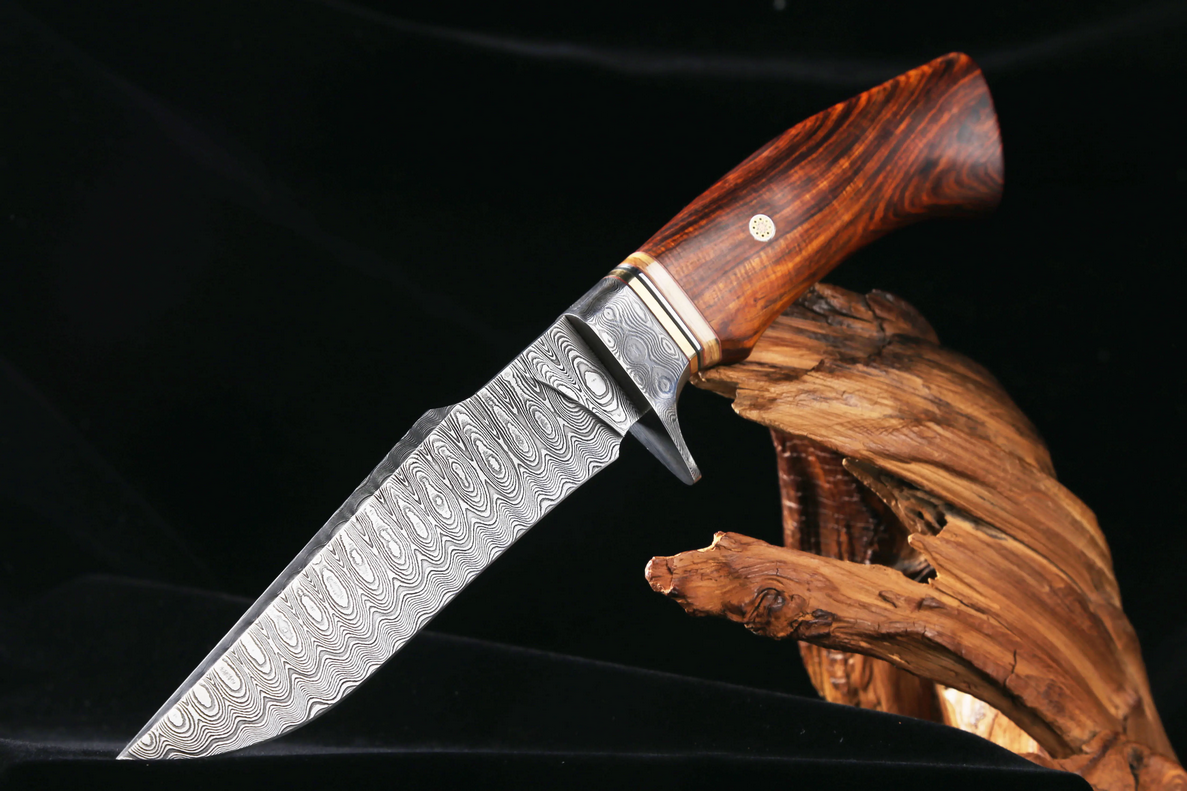
Forging is the process of heating an ingot of Uzi steel to a high temperature and then hammering it into a knife shape. During the forging process, the Uzi steel undergoes a phase change, where the iron matrix changes from austenite to pearlite or martensite. Austenite is an iron phase with a face-centred cubic structure that dissolves more carbon and other elements. Pearlite is a layered structure consisting of alternating layers of ferrite (a body-centred cubic iron phase) and carburite (an iron-carbon compound containing high levels of carbon). Martensite is a distorted body-centred cubic structure formed by rapid cooling of austenite. Carburite is the most important component of a Damascus knife and determines the hardness and sharpness of the knife. Carburite precipitates along austenite grain boundaries or eutectic cores during forging and forms different spatial distributions depending on the number and manner of forging.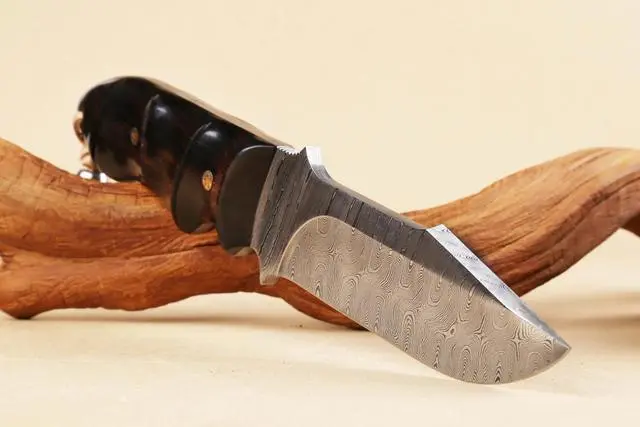
The more common type of forging used in Damascus knives is torsion forging, in which multiple layers of different steels are folded and twisted, then forged into a flat surface. This produces a specific ‘torsion pattern’, i.e. a stripe or ripple formed by the alignment of the carburised body in the direction of the torsion. The torsion pattern can show different styles according to the torsion angle, torsion direction, number of torsions and other factors, such as straight, corrugated, spiral, feathered and so on.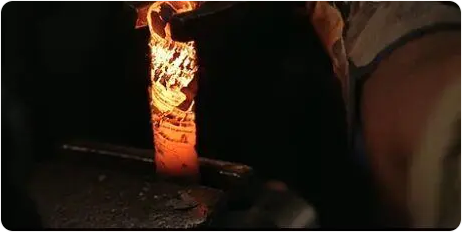
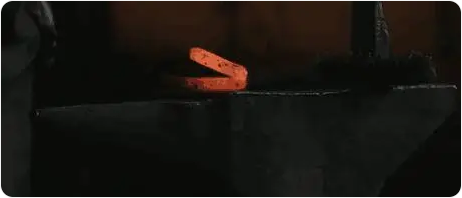
In addition to twist forging, there are other forging methods that can produce different types of patterns, such as stretch forging, folding forging, upsetting forging, and so on. All of these methods affect the distribution and shape of the carburised body on the cutter face, resulting in a variety of patterns, such as rose patterns, Mohammed’s ladder, star patterns, الخ.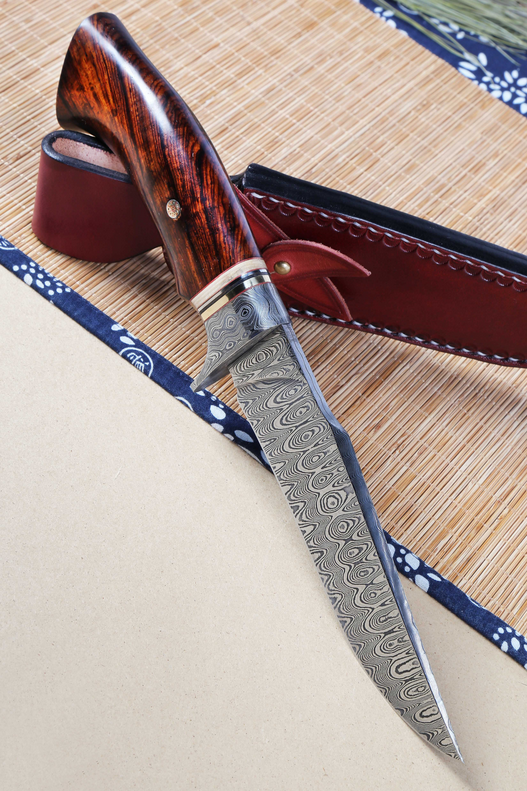
The formation of Damascus patterns is a complex metallurgical process that involves the partiality of multiple elements, multiple phase transformations, and multiple forging operations. These factors interact with each other to create a tool art that is both aesthetically pleasing and functional.
 يانغجيانغ أنتوني السكاكين المحدودة
يانغجيانغ أنتوني السكاكين المحدودة